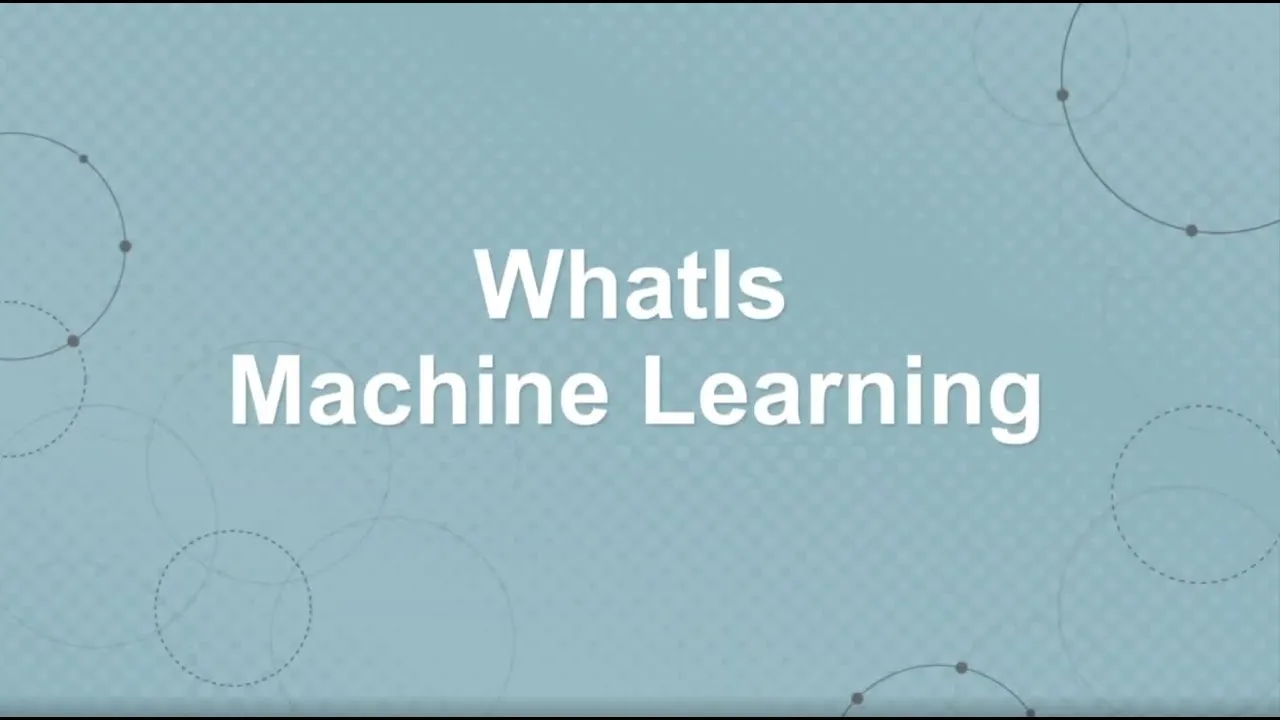In 2013, McKinsey published an article to examine how retailers can keep up with consumers. It stated that 35% of consumer purchases on Amazon and 75% of content watched on Netflix was driven by product recommendations. Not generic recommendations, but personalized ones
“powered by increasingly sophisticated algorithms and predictive models that analyze transaction data and digital-media trends.”
Today, in the era of the filter bubble, personalization is so carefully ingrained in our internet experience that we don’t even know it’s there. To say that one way for retailers to keep up with consumers is personalization is like saying that brushing your teeth daily can prevent tooth decay.
We all know—and if you don’t do it, that’s on you!
In fact, the success of machine learning across a range of applications, not just recommendation systems, is well known. Deep learning models can perform as well as healthcare professionals in medical diagnostics, decision trees can be used to predict customer churn for telecoms companies, and facial recognition can assist with border control at airports to reduce queue time.
So there you have it, using machine learning is a sure way of improving process efficiency and performance.
In reality, a machine learning model isn’t a fix-all solution, because all they do is output a prediction. What they cannot do, and therefore should not do, is directly dictate policy.
In this context policy is the set of processes that the output of the machine learning algorithm would change, i.e. the strategy used to recommend personalized products, the active interventions used to combat customers churn, how to decide whether or not to let someone cross the border, etc.
One of the greatest mistakes made by end-users of machine learning algorithms is to assume that there is a simple jump from predictive outcomes to policy changes.
To explore this in more depth, let’s take a closer look at recommendation systems and remind ourselves of the success of Amazon and Netflix:
Already, 35 percent of what consumers purchase on Amazon and 75 percent of what they watch on Netflix come from product recommendations based on such algorithms.
And then ask ourselves the following question:
By how much would consumer engagement have decreased without these personalised recommendations?
#machine-learning #decision-making #artificial-intelligence #policy #data-science
